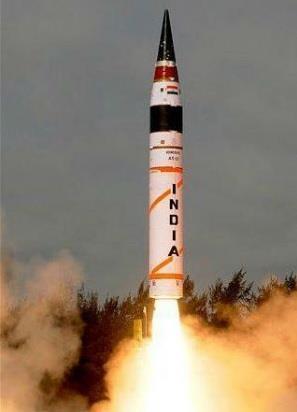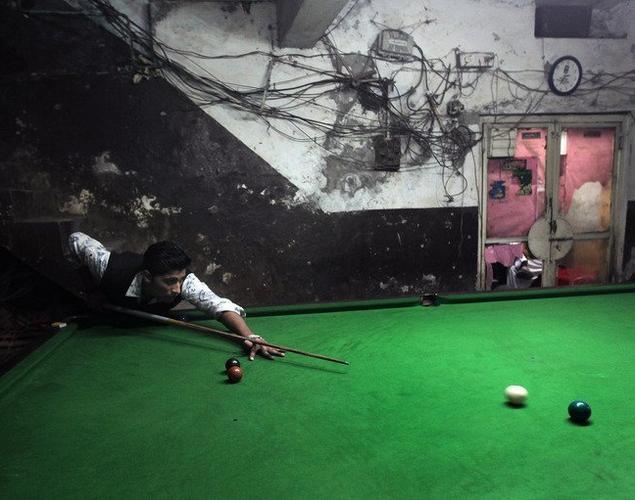May 11, 2013
CHENNAI: Changing sand patterns around India's lone missile test-firing range at Wheeler Island off Odisha coast is causing serious concern for Defence Research and Development Organization (DRDO) and the agency is seeking assistance from Chennai-based National Institute of Ocean Technology (NIOT) to control the erosion.

May 11, 2013
CHENNAI: Changing sand patterns around India's lone missile test-firing range at Wheeler Island off Odisha coast is causing serious concern for Defence Research and Development Organization (DRDO) and the agency is seeking assistance from Chennai-based National Institute of Ocean Technology (NIOT) to control the erosion.

The Agni-V ICBM was test-fired from Wheeler Island off the Orissa coast on 19 April 2012.
"The sand patterns around the Wheeler Island are changing. Due to erosion, some 300 metres of sand area have submerged sometime and some sand is showing up in other part of the island," DRDO's chief controller (R&D) Avinash Chander said.
Since Wheeler Island is technically a "sand bar" with a size of approximately 1sqkm in the Bay of Bengal and not a rock formation, water currents result in the change in sand patterns, he said.
Though DRDO has already planted over two lakh tree saplings including casuarina and taken other steps to control the situation, he said, adding that we have requested NIOT to send a team of experts to realize the situation.
Wheeler Island, located some 10km off Chandipur in Odisha, is the only missile test firing range in the country for defence purposes.
Chander earlier delivered the keynote address for the "Technology Day Celebrations" at the NIOT here.
Replying to another query, he said the country is designing a solar-powered unmanned aerial vehicle (UAV) at its lab in Bangalore, which aimed at flying more than 36 hours with solar power.
Courtesy: PTI
















































































































